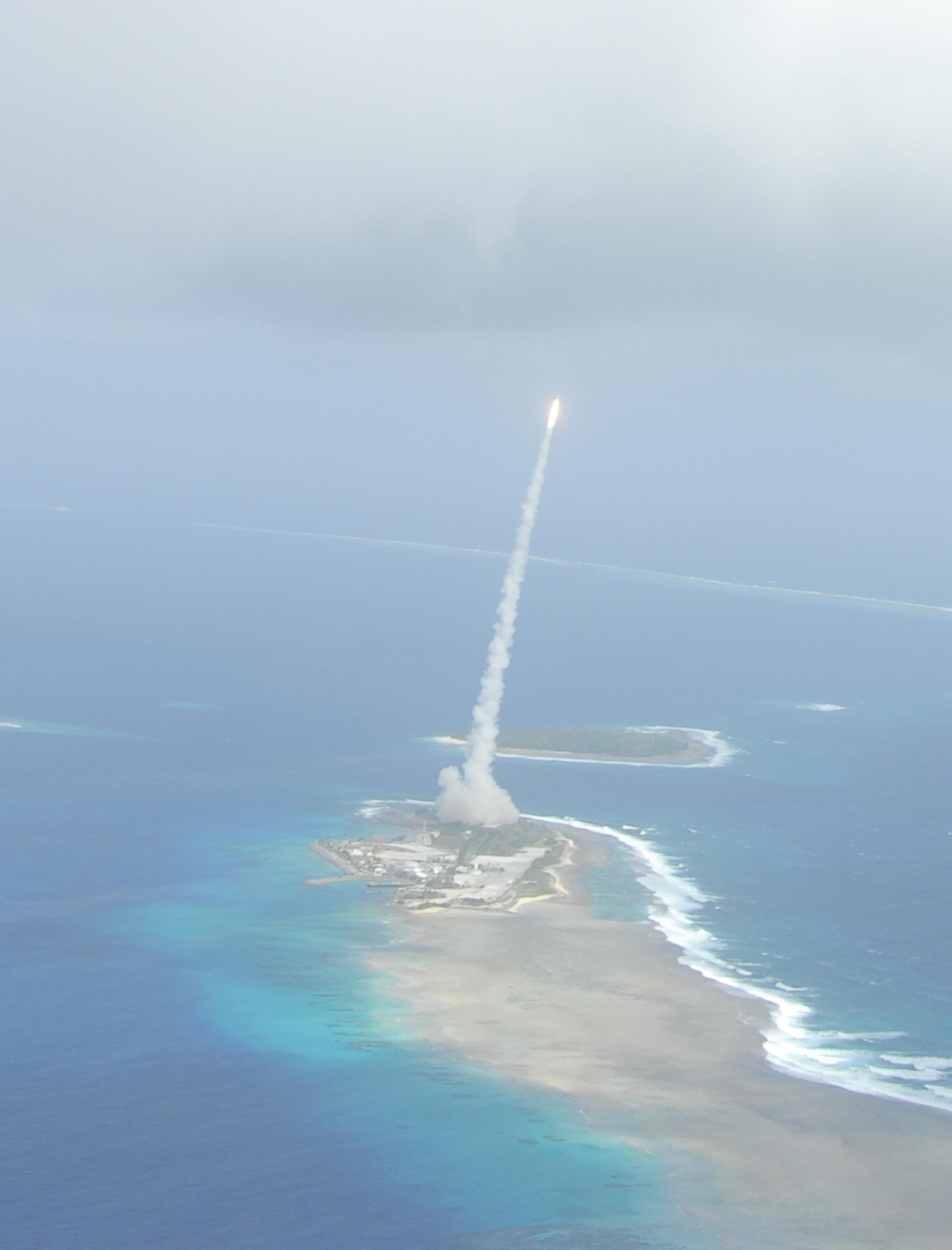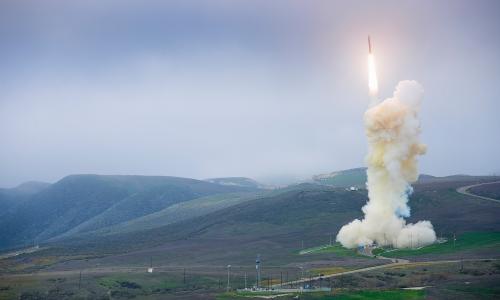What if North Korea or Iran launched a nuclear missile aimed at the United States? Could we prevent it from arriving?
That’s the basic motivation behind US homeland missile defense, a complex system of ground-based radars, satellite sensors, and interceptor missiles designed to destroy incoming warheads. If the system operated as promised, sensors would track intercontinental ballistic missiles (ICBMs) throughout their launch and flight. Interceptor missiles based in Alaska and California would then collide with and destroy the incoming weapons.
In practice, the system struggles to reliably destroy target missiles during test runs, and is not equipped to manage countermeasures. These issues stem from fundamental problems with how the system is managed, and with how missile defense technology works.
Missile defense basics
ICBM launches have three distinct phases of flight. During the boost phase, a rocket launches the warhead at high speeds above the atmosphere, where it continues in free-fall through the vacuum of space. The midcourse phase begins with the rocket separating from the warhead, which continues unguided and unpowered, hundreds of miles above the Earth. The reentry, or terminal, phase sees the warhead descend at high speeds back through the Earth’s atmosphere toward the ground.
GMD vs Aegis vs Patriot vs THAAD
National missile defense should not be confused with other forms of missile defense, such as the US Navy’s ship-based Aegis Ballistic Missile Defense systems, and the US Army’s Patriot Advanced Capability-3 and Terminal High Altitude Area Defense (THAAD) system.
Those three systems intercept short- and medium-range missiles moving at slower speeds and lower altitudes than ICBMs.
US homeland missile defense (also called “strategic missile defense”) is designed to destroy ICBMs during their midcourse phase, using interceptor missiles launched from the ground (hence the official name, “ground-based midcourse defense,” or GMD).
The process begins with infrared sensors on satellites, which monitor known launch locations for the tell-tale heat signature produced by launching rockets. Once a launch is established, tracking is transferred to radar systems, which help verify the missile’s trajectory.
This information is compiled and analyzed by offices of the US Missile Defense Agency, and by California’s Vandenberg Air Force Base and Alaska’s Fort Greely, where interceptor missiles are readied and launched.
Interceptor missiles consist of a three-stage booster rocket (meaning three engines are used in succession), and a “kill vehicle,” which travels alone after the last booster separates. Using intercept data, the kill vehicle is guided toward an intercept point, where it views the target using its own sensors. From there, using small thrusters to adjust its direction, the interceptor attempts to track and collide with the incoming warhead (unlike earlier forms of missile defense, which used explosives, the GMD system relies solely on collision).

Problems with missile defense
Although the underlying concepts are simple, the reality of homeland missile defense is that it’s enormously complex, expensive, and mired with technical difficulties that lend potential adversaries the upper hand.
Chief among these difficulties are countermeasures—mechanisms used by an attacking nation to disrupt or undermine the missile defense system. For example, attackers could employ lightweight decoys that confuse interceptor sensors. Because objects of different weights follow the same trajectory in space, releasing decoys during the midcourse phase can prevent interceptor missiles from accurately identifying the warhead. This could force the missile defense system to try to destroy all of the incoming projectiles, exhausting the limited supply of interceptors.
Similarly, cooled shrouds can be used to lower a warhead’s temperature, rendering it either invisible to interceptor missiles (which use infrared sensors), or reducing the interceptor’s ability to detect the warhead quickly enough.
Both of these countermeasures are well-understood, and should be in reach of the technical capabilities of North Korea, Iran, or any other nation building intercontinental ballistic missiles.
Despite this, the Department of Defense has invested over $40 billion in homeland missile defense, without holding it to the same oversight standards that it does other major military systems. This has the counterproductive effect of masking the system’s shortcomings, and may lull officials into a false sense of security—even when it’s clear that interceptor missiles won’t work.
The Union of Concerned Scientists has worked on missile defense issues since the 1980s and is dedicated to truthful commentary about the system’s capabilities and shortcomings.




